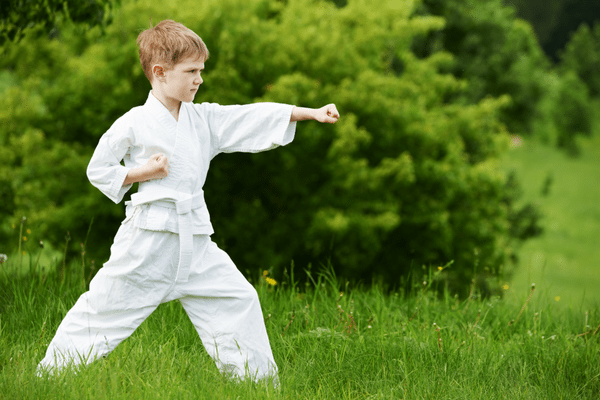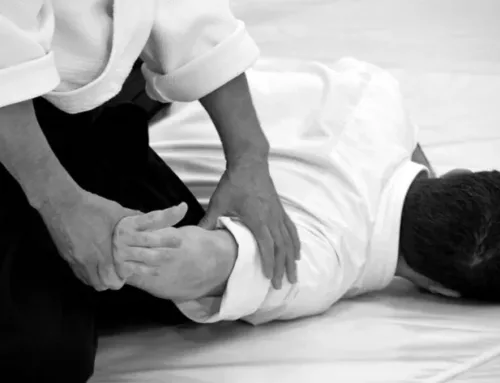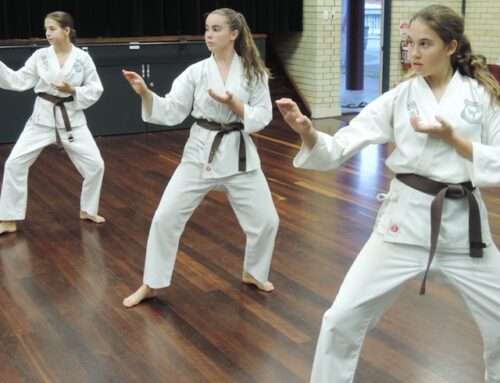Martial arts is an ancient practice that has been around for centuries. It has been used to teach physical and mental discipline to its practitioners and is still taught in many forms today. That’s why learning martial arts can be a rewarding experience, as it requires dedication, hard work, and perseverance.
Luckily, this guide will provide an overview of the learning process involved in martial arts, from the basics to advanced techniques. It will discuss how to approach the study of martial arts, what to expect in classes, and tips for becoming a successful martial artist.
The Order to Learning and Developing Martial Arts Technique
Remember, there is an intrinsic order to learning and developing martial arts technique. The following steps are generally accepted as the most effective approach to mastering martial arts:
- Form
When it comes to martial arts, form is key. It is important to focus on form when practicing a martial art, as good form is the foundation for effective and safe techniques. The form is not only important for self-defense but also for developing power, balance, and speed.
Good form can be developed by practicing basic techniques such as punches, kicks, and blocks. It is important to practice these techniques slowly and carefully, paying attention to the details of each movement. As you become more comfortable with the basics, you can increase the speed and intensity of the techniques.
- Speed
Once you understand the basics and become comfortable with the form, it is time to work on speed. Speed matters in martial arts; it can make all the difference in a fight. Moving quickly and accurately can give practitioners an advantage over their opponents.
Speed is important not only for physical techniques but also for mental techniques. A martial artist who can think quickly and accurately can make better decisions in a fight. This is important in defensive situations, where a martial artist must be able to recognize and respond to any potential threats quickly.
The ability to move quickly and accurately results from proper training and practice. Practitioners should improve their speed and agility through a combination of drills and exercises. This could include drills such as shadow boxing, footwork drills, and agility drills. It is also important to practice your techniques with a partner, as this will help you get used to the speed and timing of a real fight.
- Power
Power in martial arts is a key element in a successful fight. It is used to generate force and inflict damage on an opponent and can be the difference between winning and losing a fight. Power can be generated in various ways, from physical strength and technique to mental focus and agility.
Physical strength and technique are essential in martial arts since a powerful punch or kick can make the distinction between success and failure in a fight. Through intense physical training and practice (e.g., weight lifting and plyometrics), you can develop strength and technique to build strength and power while perfecting the technique of strikes and blocks through repetition.
Final Thoughts
Developing a strong foundation of basics is the key to success in martial arts. It is important to practice with focus and consistency and take breaks from training when needed. Martial arts can be a rewarding and fulfilling lifelong journey, and with the right approach, anyone can reap the benefits of this practice.
Pride Martial Arts Academy provides helpful and knowledgeable martial arts programs and guidance in helping our students reach their goals. Our experienced instructors will provide the tips and advice needed to help you hone your skills and reach your martial arts goals. Try a free class with us today!






